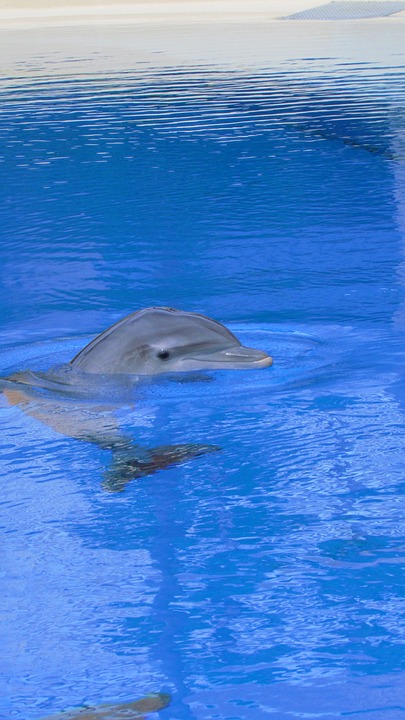Setting up the Perfect Water Flow for Corals in Your Fish Tank
Understanding the Importance of Water Flow for Coral Health
When it comes to setting up a fish tank for corals, one crucial aspect that is often overlooked is the water flow. Proper water flow is essential for maintaining a healthy environment for corals, as it aids in the exchange of nutrients, removal of waste, and the prevention of stagnant areas where harmful substances can accumulate. In this article, we will explore the key factors to consider when setting up water flow in your fish tank and provide valuable insights on how to optimize it for your coral’s well-being.
Determining the Ideal Flow Rate
The flow rate of water in your fish tank plays a significant role in ensuring the health and growth of corals. A balance must be struck between providing enough flow to prevent dead spots and maintaining a gentle enough current to avoid stressing the corals. Here are a few factors to consider when determining the ideal flow rate:
1. Tank Size: Larger tanks generally require a higher flow rate to ensure water circulation throughout the entire aquarium.
2. Coral Type: Different corals have varying flow preferences. Some prefer high flow, while others thrive in low flow areas. Research the specific needs of your corals to determine the appropriate flow rate.
3. Equipment: The type and quality of your aquarium equipment, such as pumps and powerheads, will affect the flow rate. Ensure your equipment is powerful enough to achieve the desired flow.
Setting Up Water Flow and Placement
Now that we understand the importance of water flow and have determined the ideal flow rate, let’s delve into the practical steps for setting up water flow in your fish tank:
1. Positioning Powerheads: Place powerheads or circulation pumps strategically to create a gentle current that reaches all areas of the tank. Aim for a flow pattern that mimics natural ocean currents, with alternating strong and weak flow areas.
2. Utilizing Wave Makers: Wave makers can simulate waves by creating varying flow patterns, which are beneficial for corals. Experiment with different wave settings to find the most suitable one for your corals’ needs.
3. Avoiding Dead Spots: Dead spots occur when certain areas of the tank have insufficient water flow. These stagnant areas can lead to the accumulation of debris and waste, posing a risk to coral health. Adjust the placement of powerheads and wave makers to eliminate dead spots.
4. Adding Flow Directors: Flow directors, such as nozzles or diffusers, can help control and direct water flow in specific directions. Use them to redirect flow away from delicate corals or towards those that prefer higher flow.
Frequently Asked Questions (FAQs)
Q1: How can I tell if the flow rate in my tank is too high or too low for my corals?
A1: Observe your corals closely. Signs of excessive flow include constant swaying or tearing of coral polyps. Insufficient flow may manifest as sediment settling on corals or an accumulation of debris in specific areas.
Q2: Can I use multiple powerheads to achieve the desired flow rate?
A2: Yes, using multiple powerheads or circulation pumps is a common practice to ensure even water flow throughout the tank. Be cautious not to create excessive turbulence or strong localized currents.
Q3: How often should I clean my powerheads and wave makers?
A3: Regular maintenance is crucial to prevent clogging and ensure optimal performance. Clean your powerheads and wave makers monthly or as recommended by the manufacturer.
In conclusion, proper water flow in your fish tank is vital for maintaining the health and well-being of your corals. By considering the ideal flow rate, strategically positioning powerheads, utilizing wave makers, and eliminating dead spots, you can create an environment that promotes coral growth and vitality. Remember to closely monitor your corals’ response to the flow and make adjustments as necessary. Happy reef-keeping!









